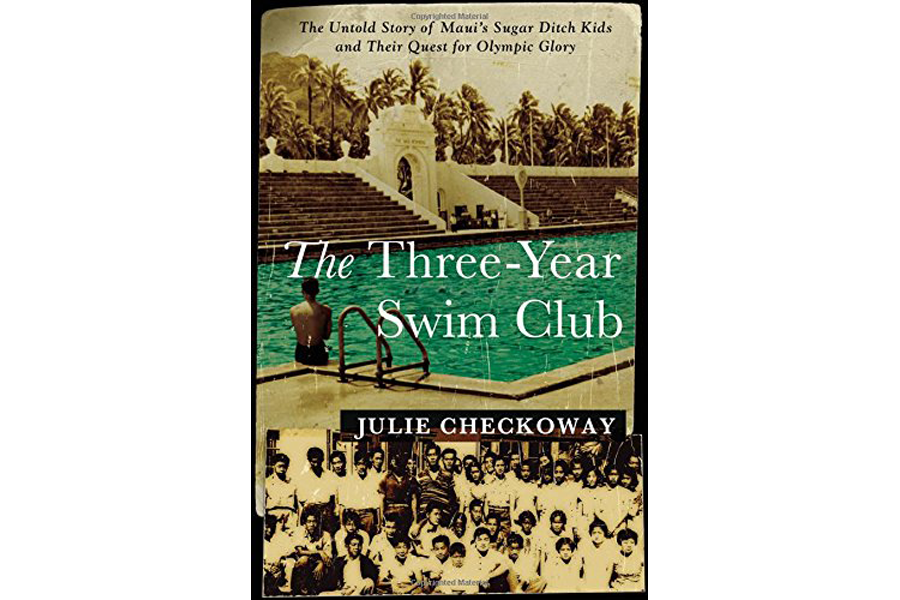Just as the bestseller “The Boys in the Boat” told the little-known story of the University of Washington’s working-class crew team triumph at the 1936 Olympics, “The Three-Year Swim Club” introduces readers to another surprising group that set their sights on the Olympics. There’s even an extra twist here, since the swimmers were the sons and daughters of Japanese-American plantation workers who came into their own as anti-Japanese sentiment grew before and during World War II. That didn’t stop Maui schoolteacher Soichi Sakamoto, however, who began a swim club in Hawaii for youngsters who first trained in the ditches that irrigated the sugar cane fields. Some of his charges went on to set national and world records, and after the cancellation of the 1940 and 1944 Olympics, one swimmer pursued the club’s deferred dreams at the 1948 London Games.
Here’s an excerpt from The Three-Year Swim Club:
“On ‘kid race’ days, usually at the end of the school week, hundreds of Sakamoto’s beginning swimmers and lookers-on lined the 50 meters between two ditch bridges, and they screamed and screeched and applauded and cheered on their favorites, and sometimes camp families complained that the noise was worse than the Mighty #8 train or the whistle at the mill. Still, Soichi Nakamoto hadn’t the heart to quiet the kids or stop the races. There was just too much happiness; there was just too much fun.
“He kept up with chalk-practice and the races all spring of 1934; and by the end of March he saw that some of the kids were fast enough that maybe they ought to give it a try, for fun, and enter themselves officially, either as Scouts or as members of a church or school team, in the annual Maui Public School meet that took place every May.”






